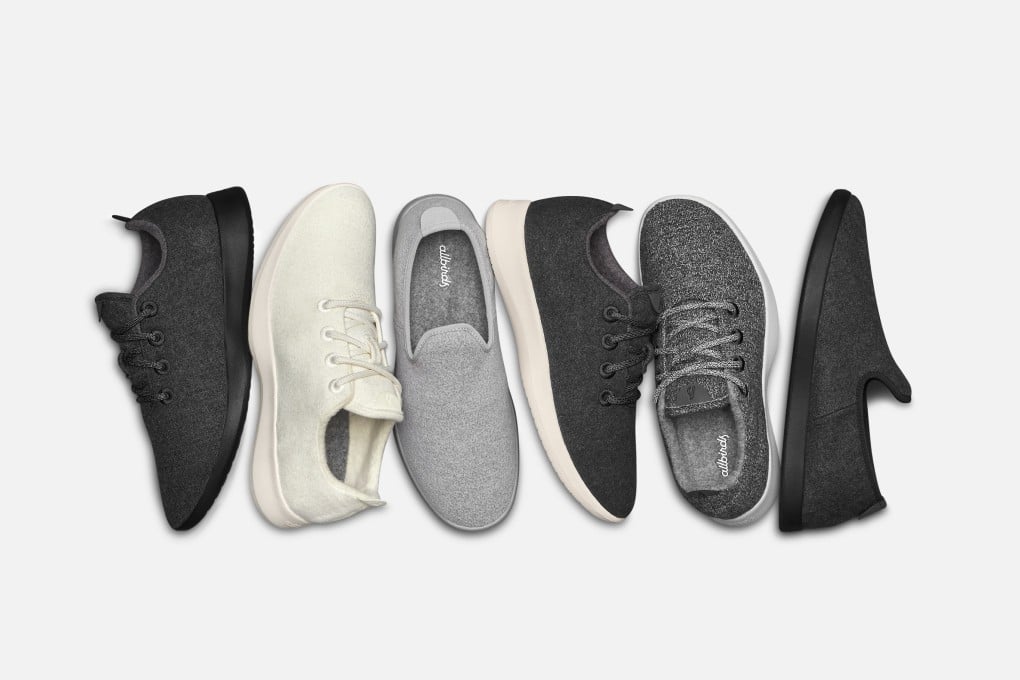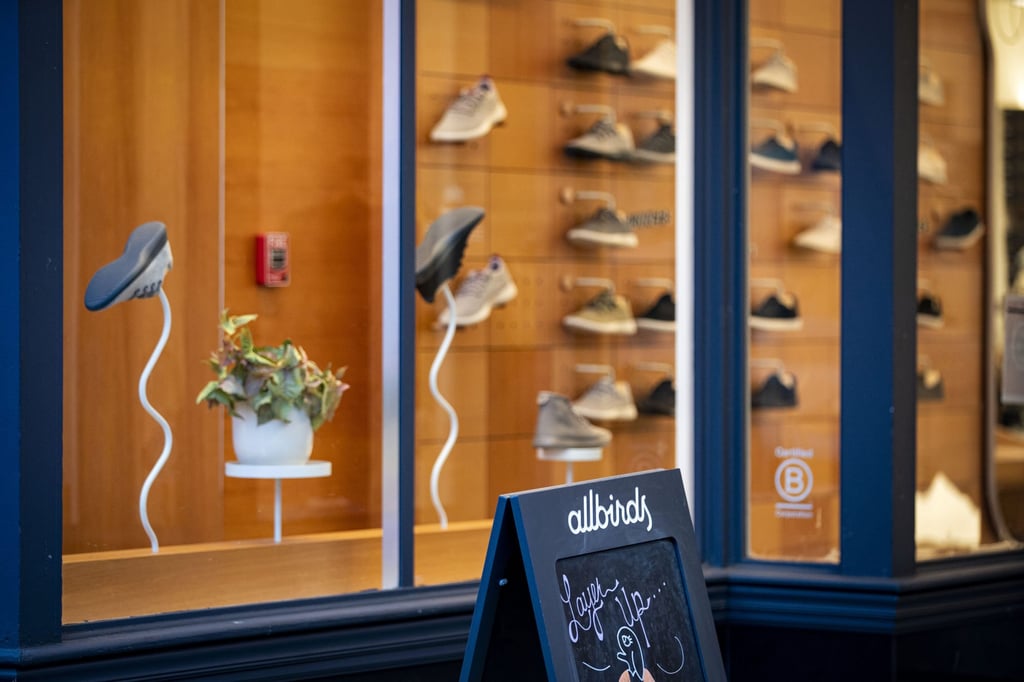All about Allbirds, sustainable shoe brand and Silicon Valley’s favourite footwear that could be looking at an IPO
- San Francisco-based Allbirds has big plans ahead to impress investors, including opening more physical stores and selling more lower-priced items
- The brand debuted in 2016 and quickly gained a following among tech workers. Now it sells in more than 30 countries, including China and India

Allbirds has already beaten the odds in the start-up world by raising a quarter of a billion US dollars and turning earth-friendly wool sneakers into a legit product category. But the company behind Silicon Valley’s favourite footwear now faces another daunting challenge: impressing investors ahead of a potential initial public offering (IPO).
According to researcher Pitchbook, the company’s value nudged down to an estimated US$1.7 billion from US$1.73 billion in January 2020. Allbirds confirmed those numbers, while declining to provide details on its financial performance or an IPO.
Allbirds is part of the boom in direct-to-consumer brands that act as maker and retailer, avoiding the low margins of selling wholesale. Investors fell in love with the business model and threw cash at the sector, ushering in a flood of companies selling everything from underwear to toothbrushes.
But now, more than half a decade after that initial enthusiasm, there are questions about how big these brands can get. Growth is often driven by massive spending on marketing that isn’t sustainable. And after success, copycats quickly emerge.

To prove that it can get bigger and broader, Allbirds – a brand built through its own e-commerce – will boost the physical stores it operates by 50 per cent this year to 36, co-founder Joey Zwillinger said in a recent interview. The company is also coming out with items at lower prices and trying to expand its green bona fides by partnering with footwear giant Adidas on a sneaker that promises to have almost no carbon footprint.